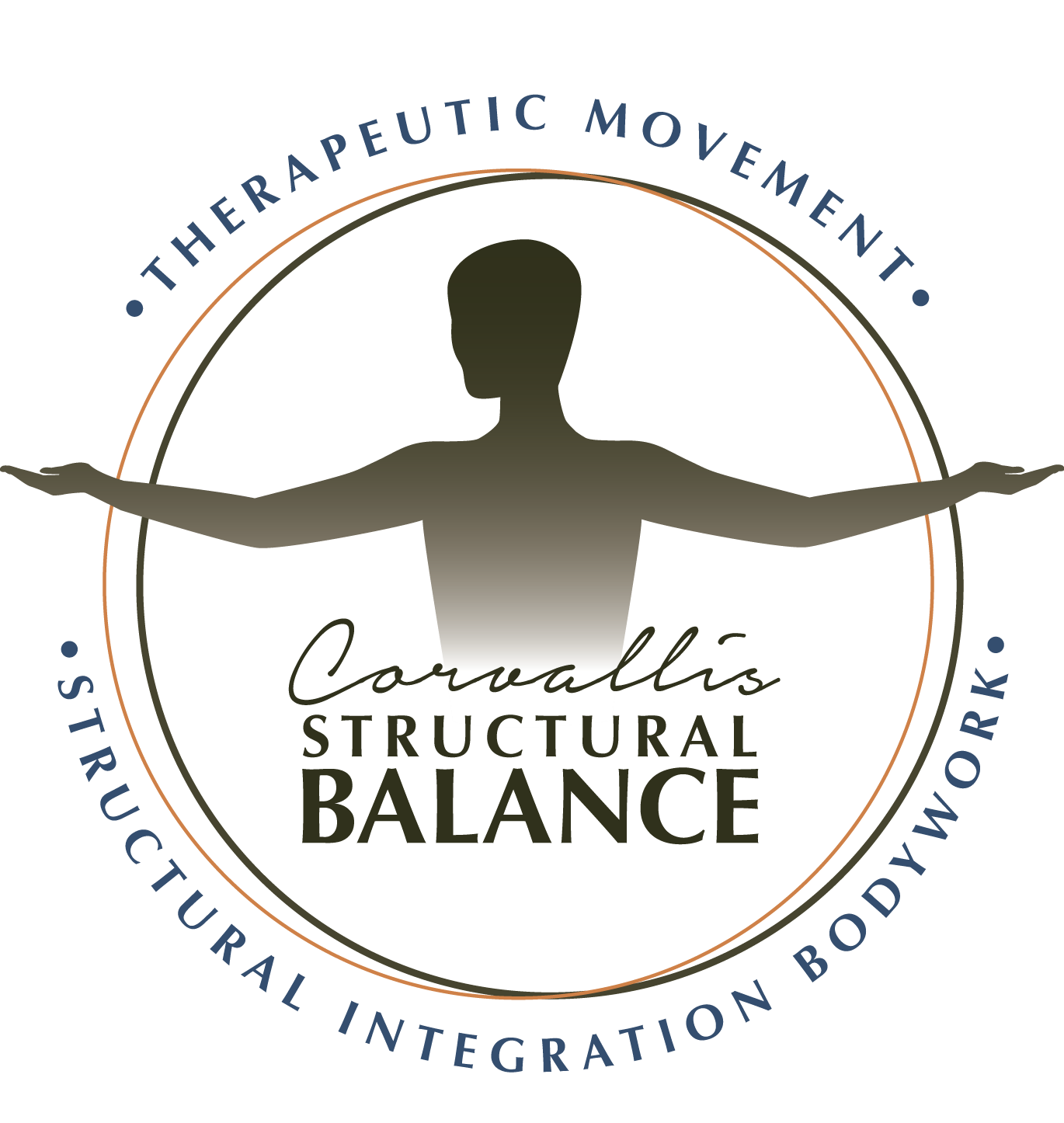Structural Integration is therapeutic bodywork that restores postural balance and frees myofascial restrictions throughout the entire body.
Structural Integration (SI) is a form of bodywork that initiates positive changes in posture, movement, energy, and self-awareness. These changes open new possibilities for how a person lives in their body. Hands-on treatments are coupled with movement awareness and training to integrate these new possibilities into a person's daily habits.
Structural Integration works with myofascial tissues. 'Myo' refers to muscles. Fascia is the intricate web of connective tissue that links all structures in the body. It is in this fascial webbing where structural imbalances in the body are often held. SI uses hands-on techniques to lengthen, release, and enliven these fascial tissues.
Kinesis Myofascial Integration (KMI) is a unique approach to Structural Integration in its use of Anatomy Trains to understand body-wide musculoskeletal patterns. Anatomy Trains map the lines or 'meridians' of the myofascia that connect different parts of the body. Stability, tension, strain, and postural compensations are distributed along these lines.
Like all forms of Structural Integration, KMI springs from the pioneering work of Dr. Ida P Rolf. Developed by Thomas Myers, KMI revolutionized how structural relationships in the body are understood. By addressing this body-wide system of connection, the KMI approach allows for more holistic, client-specific treatment strategies.














